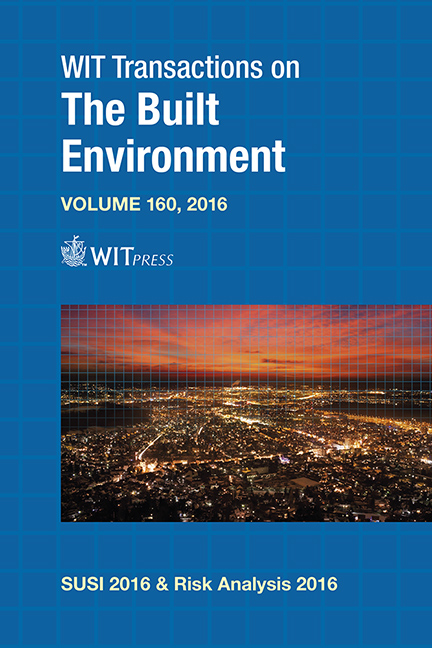Predicting Hand Numerical Scoring Of Vibration Exposure Using An Artificial Neural Network
Price
Free (open access)
Transaction
Volume
160
Pages
12
Page Range
121 - 132
Published
2016
Size
455 kb
Paper DOI
10.2495/SUSI160121
Copyright
WIT Press
Author(s)
N. A. Azmir, M. I. Ghazali, M. N. Yahya, M. H. Ali, J. I. Song
Abstract
Ergonomic researchers are investigating the cause and effect relationship due to hand transmitted vibration exposure. These relationships make occupational safety and health practitioners determine the possible root or intermittent cause which can be harmful to workers using an artificial intelligence system. In maintenance of the agriculture sector, there is a need to study hand–arm vibration exposure due to significant vascular and sensori-neural disorder. This paper presents the development of a hand numerical scoring prediction model among grass cutter workers in Malaysia using an artificial neural network. In this study, the independent variables consist of age, working experience and estimated hand–arm vibration exposure A(8) while the dependent variables is hand numerical scoring for each hand. Artificial neural network architecture has been developed and applied to the randomized onsite data collection. The artificial neural network will be based on the feed forward back propagation network using “tan” sigmoid activation function. The results of predicting the hand–arm vibration effect were evaluated by using mean square error and regression for both hands. Both hand prediction models were produced less than 0.1 relative error of prediction as compared to actual data. Our conclusion has been that the developments of prediction model have archived the best validation and more efficient means using nonlinear techniques, hence providing health welfare among grass cutter worker against hand–arm vibration syndrome.
Keywords
hand transmitted vibration, hand numerical scoring, artificial neural network, grass cutter workers





